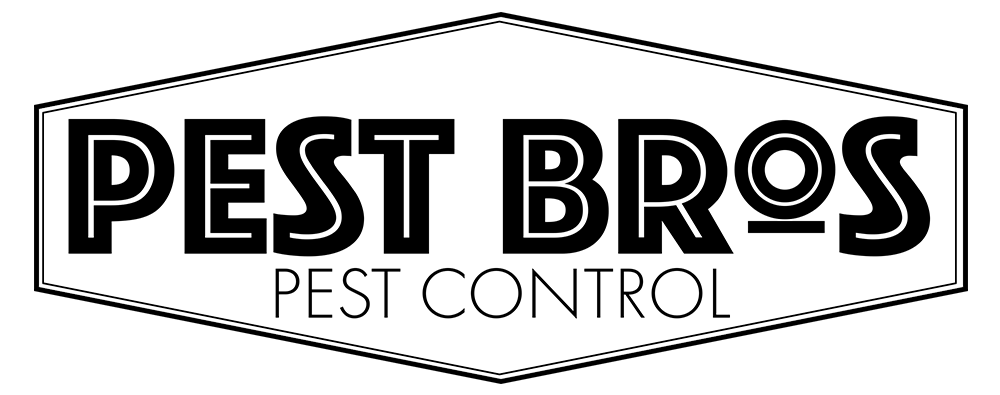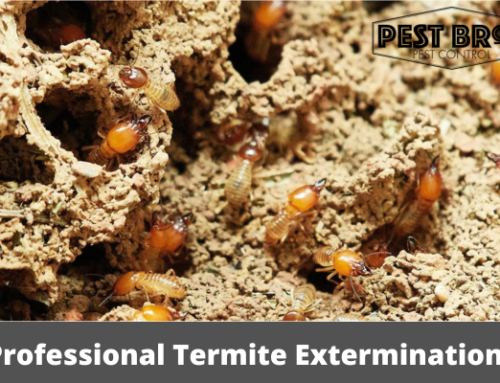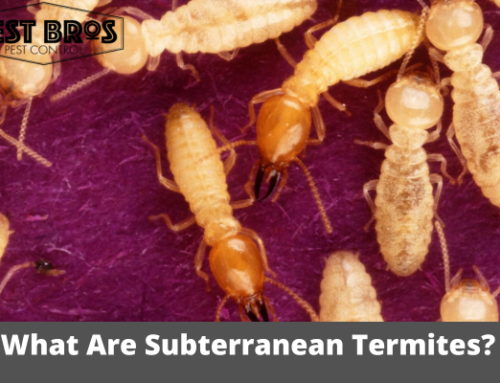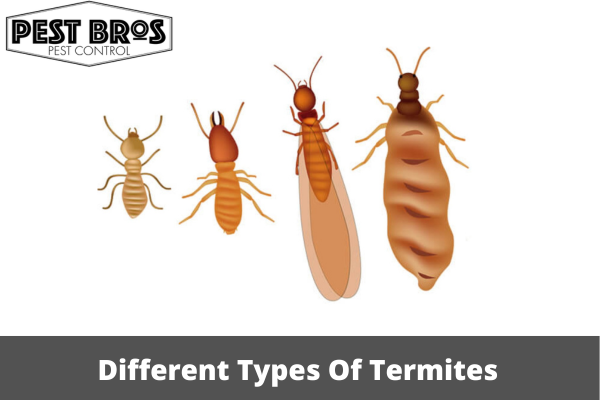

Different Types Of Termites: Know Your Enemy For Effective Treatment
Are you curious about those pesky home invaders known as termites? How do you protect your property from these ‘silent destroyers? You’re in the right place! There are about 2,000 known termite species in the world. Each type exhibits distinct behaviors that impact the damage they inflict on homes and how we control them. In this blog, we’ll delve into the world of termites, explore their different types, and share essential insights on termite control services to safeguard your home.
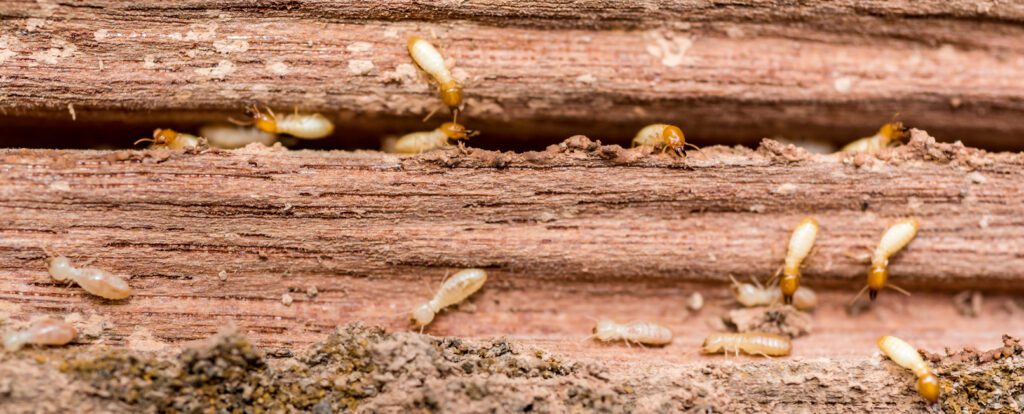

What Are The Different Types Of Termites?
Subterranean Termites
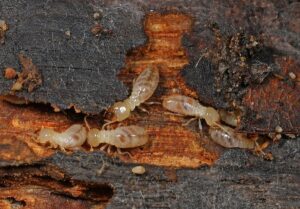

In the United States, these are the most prevalent and destructive termites. They live in underground colonies of up to two million people. Subterranean termites need damp settings to survive, so they are frequently found in soil and wood in contact with the ground. Their primary method of infestation is through mud tubes that they build to access above-ground food sources. Effective treatment for these termites often involves soil treatments, bait systems, and sometimes direct wood treatment.
Drywood Termites
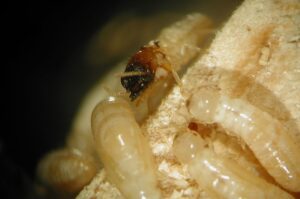

Unlike their subterranean counterparts, dry wood termites do not require contact with the soil or a moisture source. They are commonly found in attic wood and can cause significant damage to structural timbers, furniture, and even books. Drywood termite colonies are minor compared to underground ones, but since they live within the wood they consume, they can be harder to detect. Treatment often involves wood injections, fumigation, or localized heat treatment.
Dampwood Termites
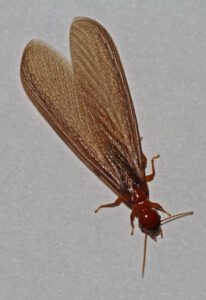

As the name suggests, damp wood termites prefer wet wood and are often found in logs, stumps, and dead trees, as well as in structures with wood-to-ground contact and a constant moisture problem. They are larger than other termite species and pose less of a hazard to structures than subterranean or dry wood termites, but if left unchecked, they can inflict damage. Managing moisture is vital to preventing and treating damp wood termite infestations.
Formosan Termites
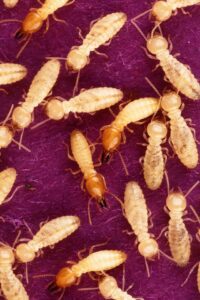

Formosan termites, also known as “super termites,” are a type of subterranean termite. They are aggressive and well-known for the size of their colonies and the speed with which they consume wood. Formosan termites are challenging to eradicate after they’ve infested a building due to their aggressive character. The treatment is similar to dealing with subterranean termites, but we might need to take more severe steps.
What Is The Best Method For Termite Control?
Various factors, such as the type of termites in your home, the extent of the infestation, and where the colony is, decide the best way to treat termites. Subterranean termites require different treatment methods than dry or damp wood termites. Generally, professional pest control companies use methods such as soil treatment, bait systems, fumigation, and wood treatment to control and eradicate termite colonies effectively.
Conclusion
Understanding the many termite species is critical for effective and targeted pest control. If not dealt with swiftly and effectively, such insects may cause severe damage to your property. It’s essential to act promptly at the first sign of an infestation. At The Pest Bros, we specialize in identifying and eradicating termite infestations with our expert knowledge and advanced techniques. Contact The Pest Bros today for a comprehensive inspection and effective treatment solutions.
